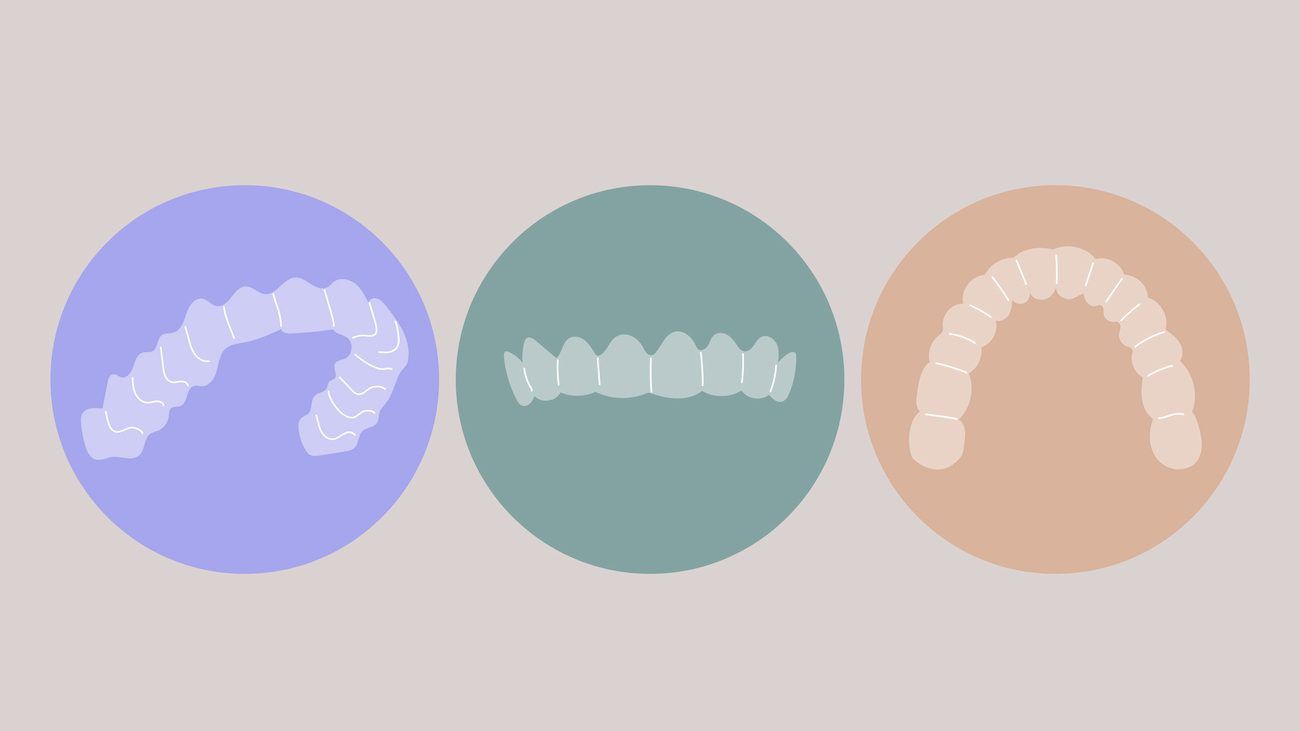tiktok tuesday: we cut work for a #forestbathing experience
the term forest bathing actually originates from 1980s japan, where the practice of shinrin-yoku became a popular antidote to the complicated demands of daily life.
tiktok tuesday: we tackle the sticky #honeymask trend (watch)
among the many food-mask options, honey is one of the most promising. but there isn't much clinical proof of its skin benefits.
watch: straight teeth diy — the latest tiktok trend to avoid
professionals warn that trying to get straight teeth on your own can cause them to crack, break or even fall out.
 4 minute read
4 minute read








